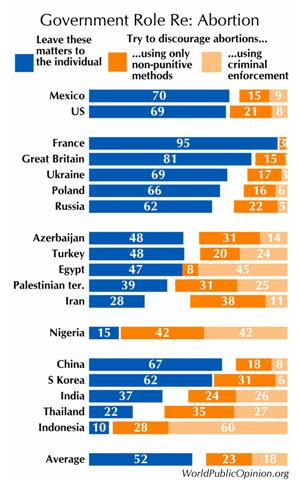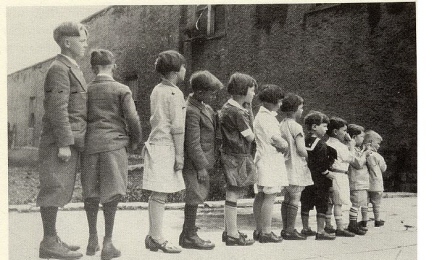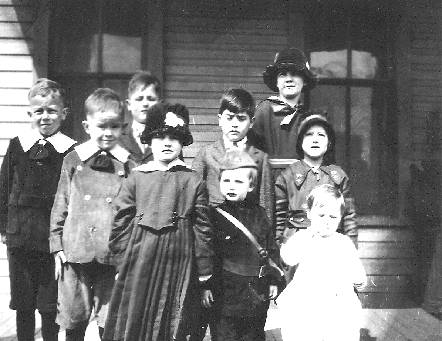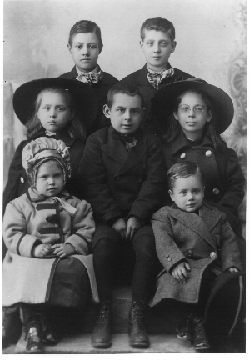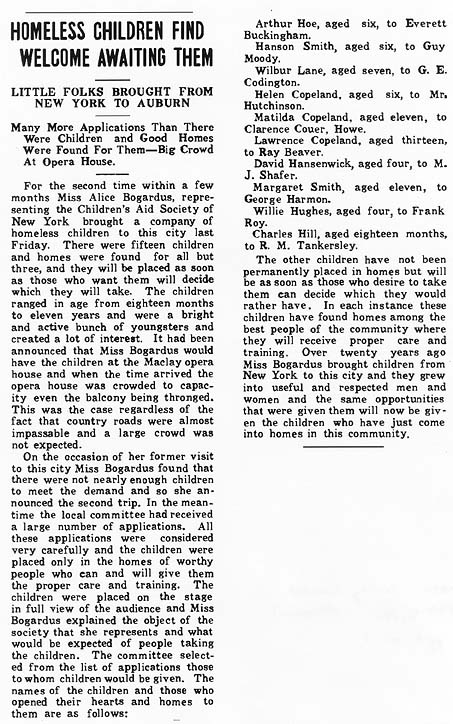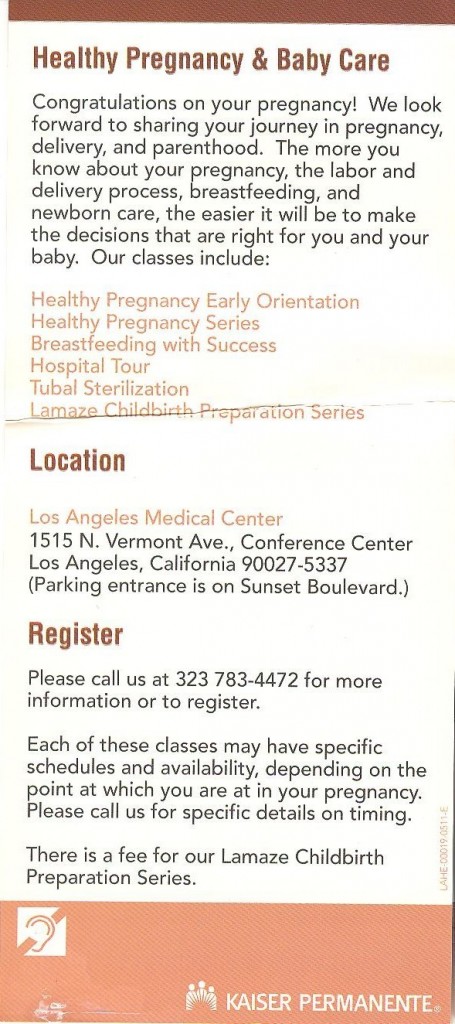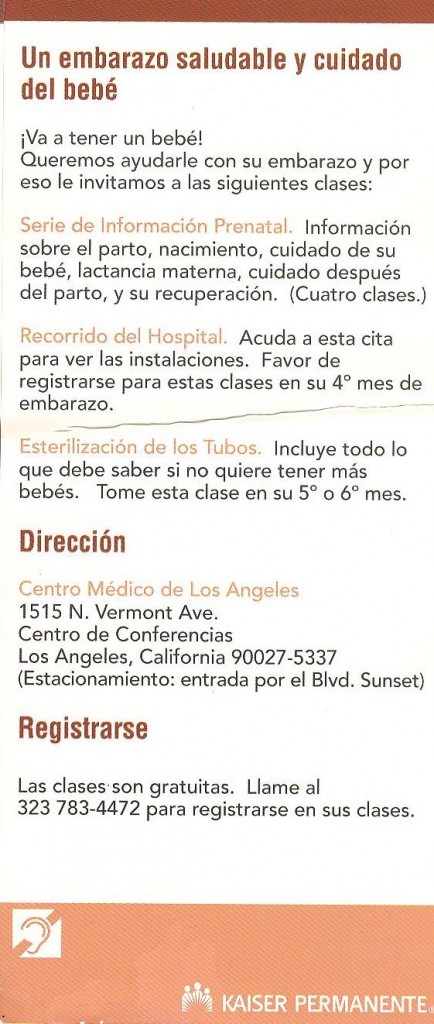Ryan G. alerted us to a commercial for First Response pregnancy fertility tests. He noticed that the commercial cuts off the pregnant mother’s head, turning her into a faceless baby incubator (like in these editorial cartoons and not unrelated to this photography). Ryan writes: “It’s clear what’s most important in this picture.”
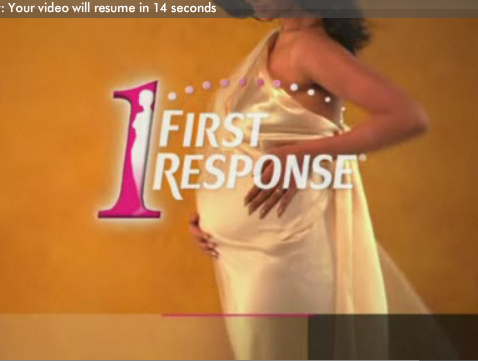
While Ryan couldn’t find the commercial to embed, he did take down the narration and sent in some screen shots. Here is the text of the voiceover:
The moment we pass from womanhood to motherhood, we cross a threshold. For many of us, that step is filled with wish and worry, hope and how, wonder and when. Fertility is a woman’s most sacred birthright. For over twenty years, First Response has been there, helping women answer the most important questions of their lives. Now we bring you new help: the First Response fertility test for women.
Ryan offered commentary, so I’ll rely on him. He writes:
…”womanhood” and “motherhood” are presented as two separate things, with motherhood trumping womanhood. I’m assuming this is partly because a woman is not allowed to have a sex drive after she becomes a mother, and we all know that a woman without a sex drive is the higher form of woman.

He continues:
“Fertility is a woman’s most sacred birthright.” God knows the most important thing any woman can contribute to society is being a baby farm. Strangely, I never see Viagra commercials arguing that knocking people up is a man’s most sacred birthright.

“[H]elping women answer the most important questions of their lives.” The most important question in a woman’s life doesn’t involve her own personal needs, but the needs of her children and soon-to-be children.

Finally, Ryan writes:
And of course, there’s no father pictured here, or even a passing mention of one. Why would there be? Conceiving, planning for, and raising a child is exclusively the job–ahem, the “sacred birthright”–of the mother.
Thanks for the excellent and provocative analysis, Ryan!
—————————
Lisa Wade is a professor of sociology at Occidental College. You can follow her on Twitter and Facebook.



